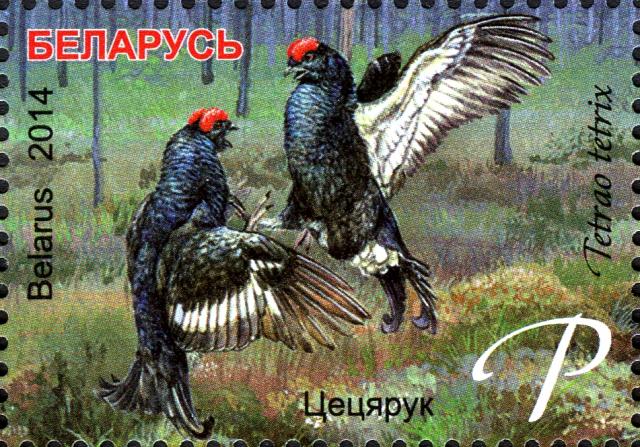A NEW strategic conservation plan to stop the decline of black grouse (Tetrao tetrix) in southern Scotland has been launched. The new plan has been funded by project partners the Game and Wildlife Conservation Trust, Forestry Commission Scotland, Scottish Natural Heritage, the Lammermuirs Moorland Group, Scottish Borders Council and RSPB Scotland. The long term decline of black grouse in the region has accelerated in recent decades, with numbers falling by 49% and 69% in south west and south east Scotland respectively between 1995/6 and 2005, to an estimated 807 and 257 males.
Cabinet Secretary for Rural Economy Fergus Ewing said: "Black grouse are among Scotland’s most iconic and impressive species but I am aware numbers in southern Scotland have fallen in recent decades. To halt this decline, it is therefore vital that we work together to take the right conservation action in the right places. That is what this plan aims to do. By collaborating across many sectors – on work such as enhancing habitats, restructuring forests and maintaining our heathland network – we can contribute to efforts to conserve this magnificent woodland bird. I am very pleased to launch this plan and that the Scottish Government is able to support it through the Scottish Rural Development Programme."
In Perthshire (Scotland), Black Grouse Tetrao tetrix broods less than 3 weeks old preferred herb-rich grassy flushes with Bog Myrtle Myrica gale, whereas in the northern Pennines (England), all broods were found on grass-dominated moorland or enclosed rough grazing habitats chiefly of grass and rushes. In both areas, broods used habitats with taller vegetation that had more invertebrates, particularly moth caterpillars and sawfly larvae (Sym-phyta, Hymenoptera). Within preferred habitats, broods were found in vegetation containing more flies (Diptera), plant bugs (Hemiptera) and ichneumon flies (Hymenoptera) than at randomly chosen sites. The main hatch of Black Grouse chicks in Perthshire coincided with the peak availability of moth caterpillars preferred by chicks. Broods in the Pennines hatched 1 week later than those in Scotland, and this later breeding in the south may be an adaptation to utilize the later peak biomass of sawfly larvae, the chief insect prey there. Data collected for Capercaillie Tetrao urogallus suggest a similar degree of synchronization between their peak hatch and the availability of moth caterpillars on Bilberry Vaccinium myrtillus.
Sources:
The Scottish Farmer, 22 July 2016
http://www.thescottishfarmer.co.uk/news/14636033.New_black_grouse_plan_…
D. BAINES, I. A. WILSON and G. BEELEY (1996). Timing of breeding in Black Grouse Tetrao tetrix and Capercaillie Tetrao urogallus and distribution of insect food for the chicks. Ibis 138:181–187

- Login om te reageren
